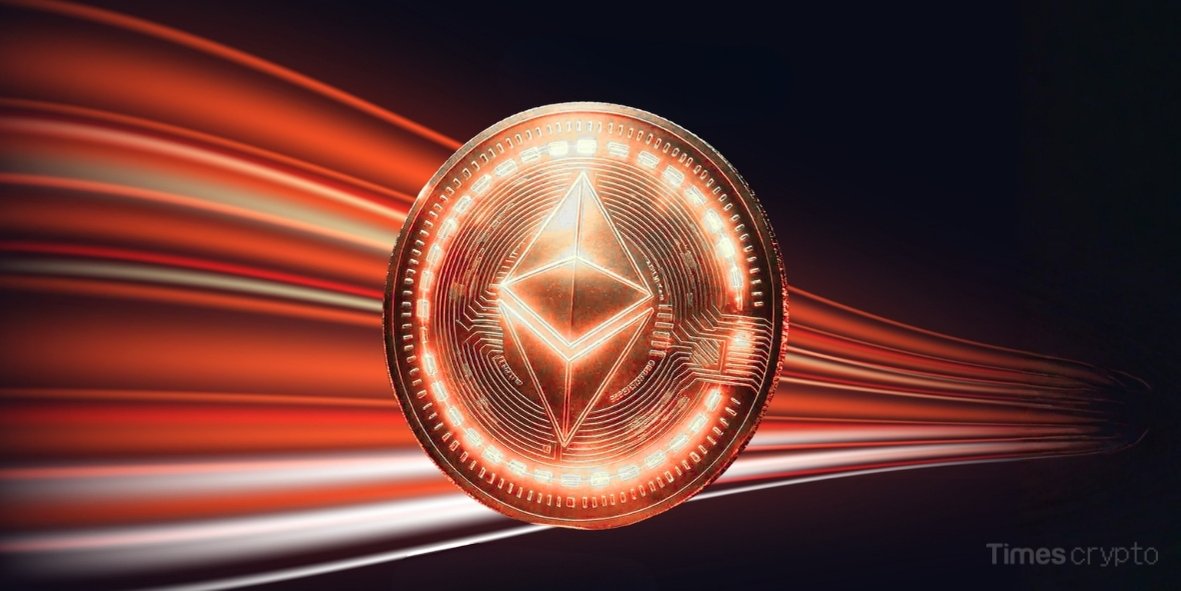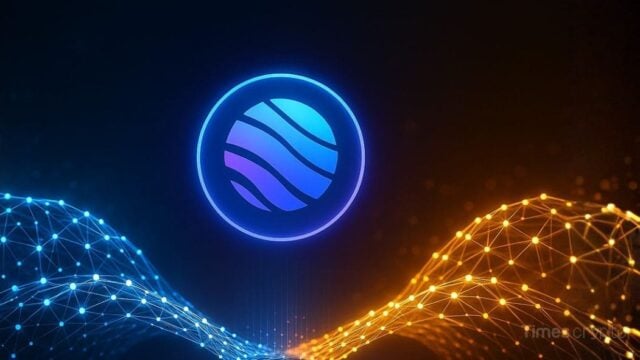Key Takeaways
- Vitalik Buterin’s new GKR tutorial explains a protocol optimized for “batch × layer” computations.
- The technique minimizes costly commitments to intermediate layers in zero-knowledge proofs.
- This approach could revolutionize ZK-proving for massive parallel workloads like blockchain hashing and AI inference.
Table of Contents
A Deep Dive into Efficient Proving
Vitalik Buterin, co-founder of Ethereum, released an extensive GKR tutorial exploring the Goldreich-Kahan-Rothblum protocol, a cryptographic method enabling “ultra-fast ZK proofs.” The technical article breaks down how GKR excels at verifying computations with two key characteristics:
- Processing data through multiple layers
- Applying the same function to many inputs simultaneously
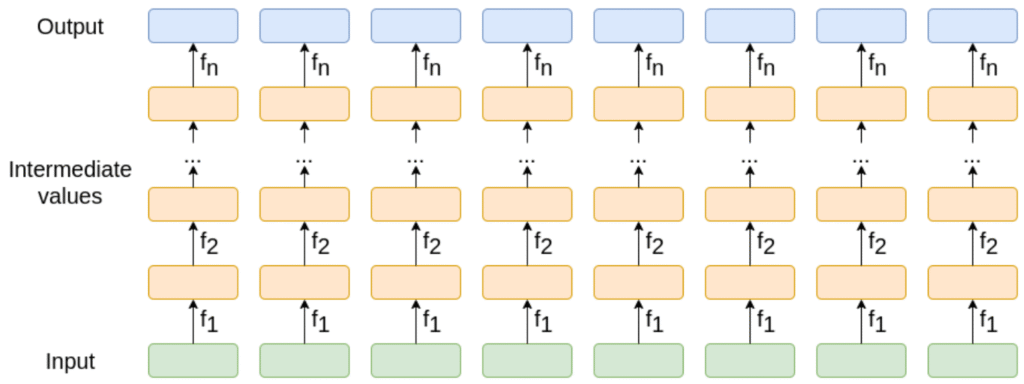
GKR is a prime candidate for proving large parallel computations, such as Poseidon hashing or neural network inference, without any details correlated with traditional methods.
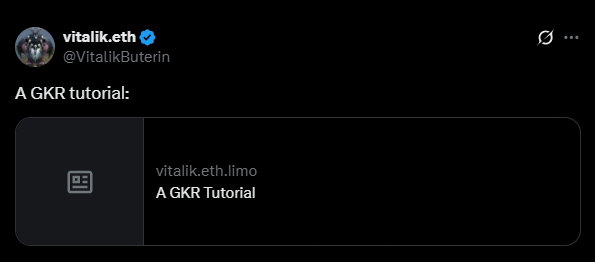
Read also: Vitalik Buterin Exposes Critical Memory Flaw Slowing Down Blockchain and AI Systems
The “Batch × Layer” Advantage
The core innovation explained in the GKR tutorial is the protocol’s ability to avoid committing to intermediate computational layers. Traditional proving methods require creating cryptographic commitments for every step of a calculation, which Buterin notes can require “hundreds of additions and multiplications” per byte. GKR bypasses this bottleneck entirely through recursive sumchecks, only requiring commitments at the very beginning and end of the process. This creates what he describes as a “Batch × Layer” protocol structure that’s naturally suited to modern computational workloads.
Read also: Ethereum Kohaku Roadmap Unveils Privacy-First Wallet Solutions
Real-World Applications and Optimizations
Buterin’s GKR tutorial provides working code and shows how GKR can prove Poseidon2 hashes with potentially single-digit overhead compared to raw execution. His article details several optimizations, including Gruen’s trick, which reduces the number of computations needed in each sumcheck round.
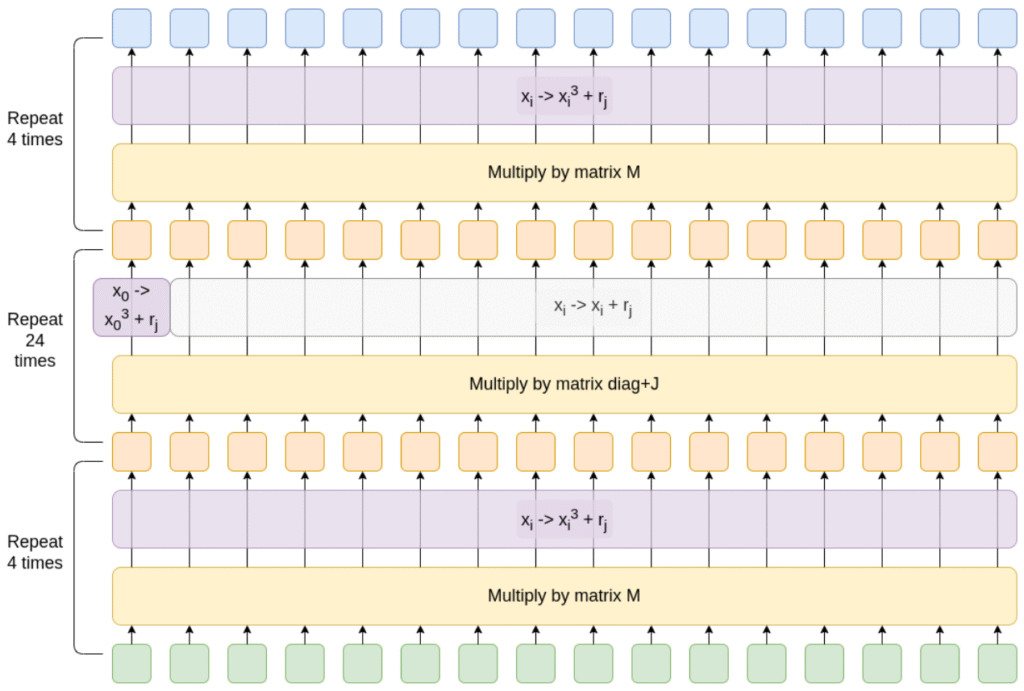
For instance, in blockchain applications, this could mean proving Ethereum-level transactions with dramatically fewer resources, while artificial intelligence (AI) applications could see practical zero-knowledge proofs for large language model (LLM) inference.
Main Characteristics and Advantages
- Minimal Overhead: Theoretical costs can be approximately 100 times lower than original STARK proofs
- Massive Parallelization: This is ideal for proving thousands of identical operations simultaneously
- No Intermediate Commitments: Removes the most costly component from conventional ZK proving
- Hardware Friendly: Optimized for parallel processing on consumer Graphics Processing Units (GPUs)
- Prover Efficiency: Shifts computational burden away from the prover
Read also: Ethereum in Focus as Vitalik Proposes 16.7M Gas Cap to Boost Network Security
The Future of Efficient Verification
So far, the GKR tutorial is more than a piece of technical documentation; it’s a roadmap for the next generation of scalable zero-knowledge systems. By providing both theoretical foundations and practical implementations, Buterin has given developers the tools to build proving systems that can handle web-scale computations.
To this point, as ZK technology continues to develop, techniques like GKR will be essential for adapting cutting-edge cryptography into everyday use.
FAQs
What types of computations is GKR best suited for, according to Vitalik’s GKR tutorial?
GKR excels at parallel computations with a “batch × layer” structure, such as proving many cryptographic hashes simultaneously or neural network inference, where the same operations apply across multiple data points.
Does GKR provide zero-knowledge privacy?
No, GKR primarily handles succinct verification. For privacy, it needs to be wrapped in a ZK-SNARK or ZK-STARK protocol to add zero-knowledge properties.
How significant are the performance improvements?
Buterin’s analysis suggests GKR can reduce proving overhead to single-digit multiples of raw execution costs, compared to roughly 100x overhead for traditional STARK approaches when proving operations like Poseidon hashing.
For more blockchain innovation stories, read: Mantle Network Becomes World’s Largest ZK Rollup After Major Succinct Upgrade – MNT Surged 15%




